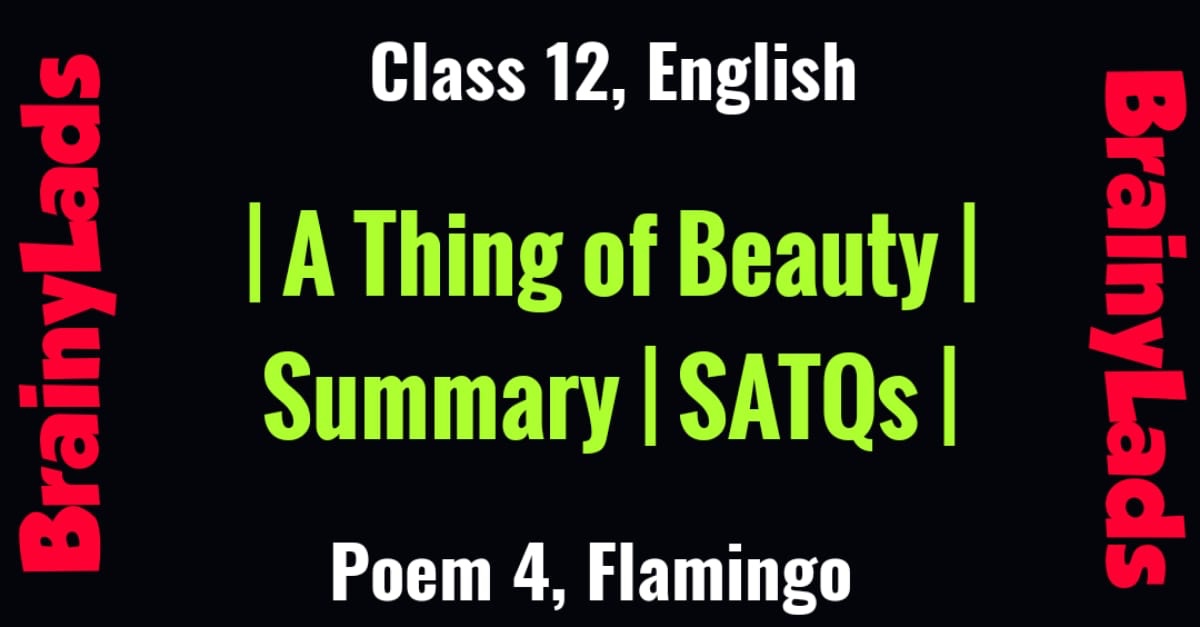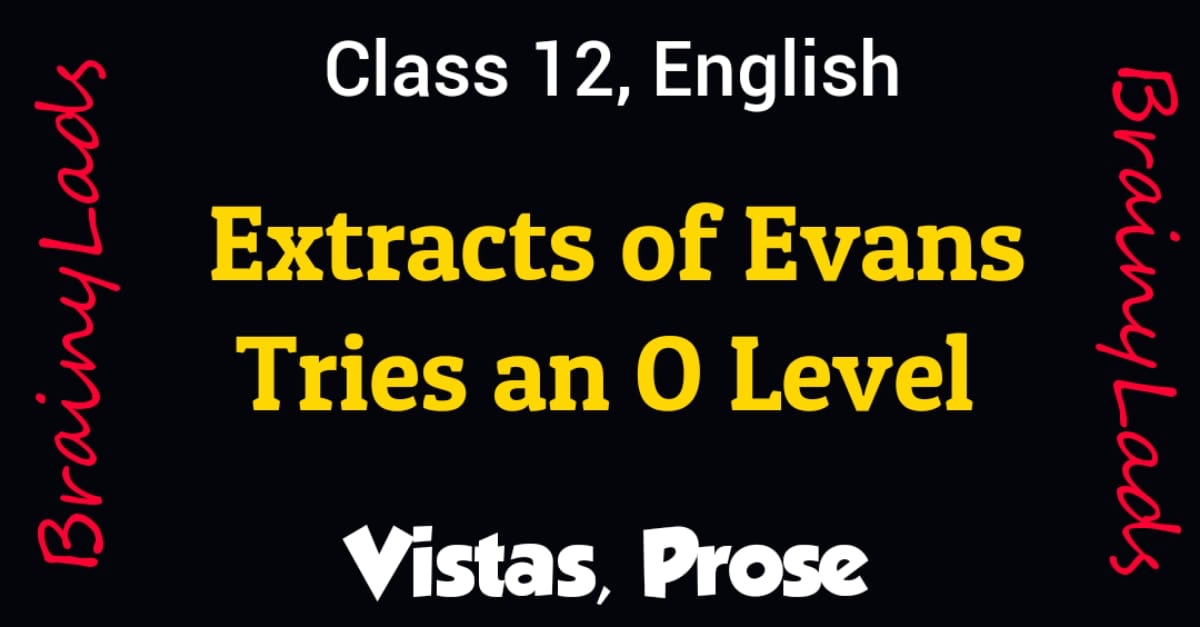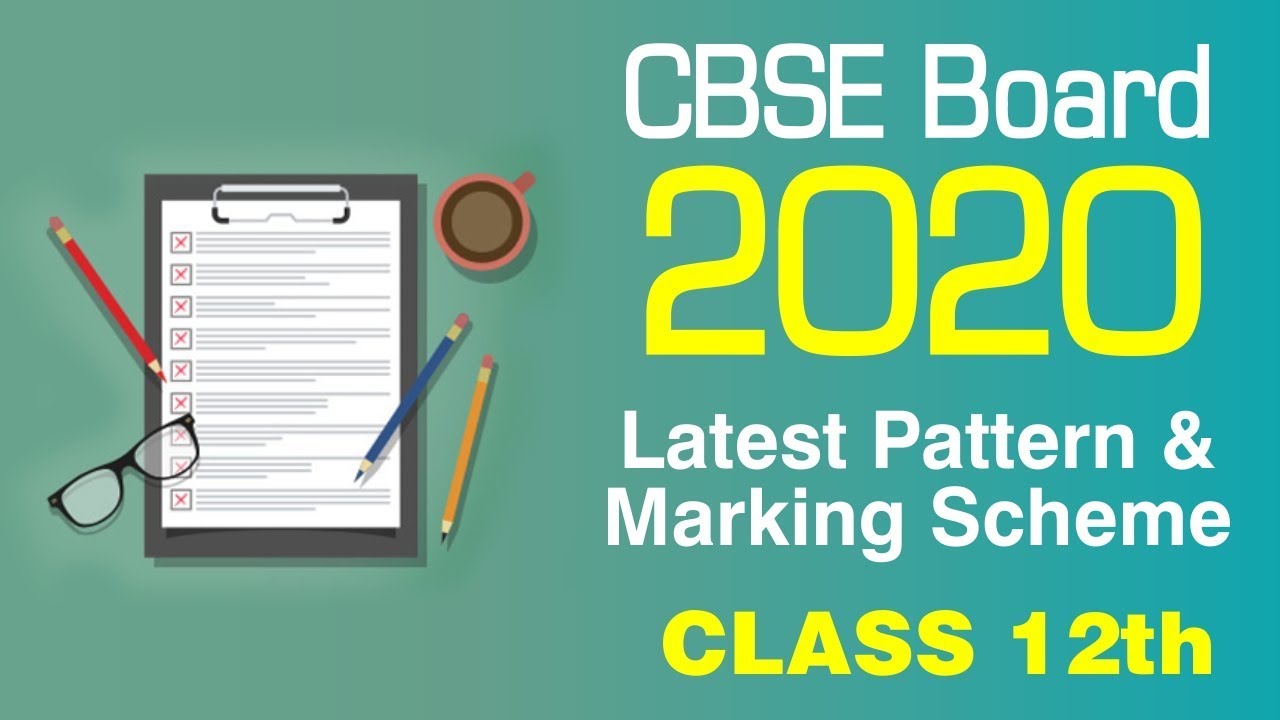Poetic Devices | Figure of Speech | Literary Devices | Class 10, 11 and 12 |
Table of Contents
Poetic Devices Class 12, Figure of Speech Class 12, Literary Devices Class 12, Poetic Devices Class 10, Poetic Devices Class 11, Poetic Devices Class 12
Poetic Devices Class 12, Poetic Devices Class 11, Poetic Devices Class 10
What are poetic devices?
Answer: Poetic device is one of the forms of literary devices used in the poetry. It is used to build the mood or feeling of the reader and to add life to the poetry.
Watch Video of Poetic Devices/Literary Devices
Simile
- Simile: Compares one thing to another (of a different kind, and yet alike in some significant way)
For e.g.
- Wan, pale as a late winter’s moon. (My Mother at Sixty-Six)
- Her face ashen like that of a corpse. (My Mother at Sixty-Six)
- This world is like a rattrap. (The Rattrap)
- He fought like a king
Metaphor
2. Metaphor: A word or phrase for one thing that is used in place of another thing in order to show or suggest that they are similar. ‘Like’ or ‘As’ is not used in metaphor.
For e.g.
- Life is a big roller-coaster ride.
- Garbage to them is gold (Lost Spring).
- He is the big fish who must be trapped.
Alliteration
3. Alliteration: The repetition of consonant sounds, especially at the beginning of the words.
For e.g.
- Don’t drink and drive.
- The sea washed their terribly transient toes. (Photograph)
- He saw a spider and snake on the shelf.
- Some Say the world will end in fire. (Fire and Ice)
Repetition
4. Repetition: The repeated use word or word pattern.
For e.g.
- All she did was smile, smile and smile. (My Mother at Sixty-Six)
- Break O Break open till they break the town. (An Elementary School Classroom in Slum)
- I felt happy to see happy people make others happy.
Personification
5. Personification: The practice of representing an inanimate object or an abstract idea as a person, and endowing it with human traits.
For e.g.
- The sun stretched its golden arms and greeted everyone with his kind smile
- The trees were fluttering and dancing in the breeze.
- I heard my heart cry at night.
We would love your reading of Formal Letters, Notice Writing, Formal & Informal Invitation, Classified Advertisement, Debate Writing, Speech Writing, Article Writing, Report Writing, Note Making, Poster Making, Short Story Writing, Leave Application Writing, Descriptive Paragraph Writing for scoring higher in upcoming examination.
Pun
6. Pun: The pun can use multiple meanings of the same word (homonyms) or different meanings of similar sounding words.
For e.g.
- I am a mender of bad soles.
- Still ringed with ordeals she was mastered by.
- People should stop moving their arms.
Antithesis
7. Antithesis: The juxtaposition of contrasting words or ideas to give a feeling of balance.
For e.g.
- There was both Peace and War.
- Good and Evil are the part of life.
- Spicy food is heaven on the tongue but hell in the tummy
Onomatopoeia
8. Onomatopoeia: The formation of a word from a sound associated with what is named.
For e.g.
- The dog barked all the night
- They all clapped at the magnificent performance of the kids.
- What a thunderclap those words to me. (The Last Lesson)
Assonance
9. Assonance: The use of words that have the same or very similar vowel sounds near one another.
For e.g.
- The fat cat had a smack. Alas! It was a tough nut to crack.
- Well, it rises high into the bright blue sky.
- Hear the mellow wedding bells
Oxymoron
10. Oxymoron: The conjoining of two contradictory words.
For e.g.
- I observed deafening silence there.
- It was an intelligent donkey.
- Have you ever seen a wise owl?
Related
Synecdoche
11. Synecdoche: It is a figure of speech wherein a part is made to represent the whole.
For e.g.
- They came on their wheels.
- Five brains are enough to deal with this problem
- The ship was lost with all hands.
Epithet
12. Epithet: It is an adjective or a phrase given to one for one’s quality.
For e.g.
- He was called Evans the break (Evans Tries an O-Level)
- He called the white-haired Director.
- They were hard-earning people.
Apostrophe
13. Apostrophe: It is used to address a dead/absent person or thing.
For e.g.
- Oh God ! Where are you staying?
- Well Mr. Terror, what do you think you can do to me? (Deep Water)
- Death, be not proud !
Metonymy
14. Metonymy : Substitution of one term for another.
For e.g.
- I am reading Chetan Bhagat nowadays. (Here books of Chetan Bhagat have been substituted with Chetan Bhagat)
- They were listening to Lata Mangeshkar.
Imagery
15. Imagery: It creates a mental picture which is claimed an experienced by the poet/author.
For e.g.
- Merry Children were spilling out of their homes. (My Mother at Sixty-Six)
- Trees were sprinting at a great speed.
Hyperbole/Overstatement
16. Hyperbole/Overstatement : Exaggeration of the fact by poet/author
For e.g.
- He scored a goal and the entire world rose to greet him.
- She winked and everyone, around her, fell down.
Related
Euphemism
17. Euphemism: To use inoffensive expression instead of offensive one.
For e.g.
- My father died at the age of 64. (Offensive)
- My father passed away at the age of 64. (Inoffensive)
Zeugma
18. Zeugma: Use of a word (Verb) in a sentence to modify other words.
For e.g.
- She broke my phone and my heart.
- He took his hat and his leave from there.
Consonance
19. Consonance: Repetition of consonant sound at the end of words.
For e.g.
- Slip slop and creek crock.
- Tip top of shop
Paradox
20. Paradox: A statement that seems absurd but has a deeper meaning.
For e.g.
- Child is the father of a man.
- Coward dies many times before their death but valiant dies only once.
Allusion
21. Allusion: A passing reference to historical even or a play.
For e.g.
- He picked the bow like Lord Rama and broke it into two pieces.
- Don’t behave like a Scrooge (Character from Christmas Carol)
Refrain
22. Refrain: It is a phrase or a line repeated at intervals in a poem, especially at the end of a every stanza.
For e.g.
- Men may go, men may come but I go on forever. (The Brook)
- Miles to go before I sleep. (Stopping by woods on a snowy evening)
Anaphora
23. Anaphora : It is the repetition of words at the beginning of successive clause.
For e.g.
And a little yellow dog and a little red wagon,
And a realio, trulio, little pet dragon. (The Tale of Custard the Dragon)
Transferred Epithet
24. Transferred Epithet : It is a figure of speech wherein adjective is transferred to other noun than it actually describes.
For e.g.
- When aunt is dead, her terrified hands will lie. (Here the adjective ‘Terrified’ has been used for hands in place of Aunt Jennifer} (Aunt Jennifer’s Tigers)
- A sweet, unnoted young boy sitting at the back of dim class. (Here the adjective ‘Dim’ has been used for class instead of the room.) (An Elementary School Classroom in a Slum)
- Fisherman in the cold sea would not harm whales. (Here the word ‘Cold’ has been used for sea instead of cold-hearted man.) (Keeping Quiet)
Contrast
25. Contrast: It is a literary device through which the poet/writer/author differentiates between two persons/places/things or subjects.
For e.g.
- Seemapuri is on the periphery of Delhi yet miles away from it. (Lost Spring by Anees Jung)
- Young Trees sprinting and my children spilling out of their homes. (My Mother at Sixty-Six)
Symbolism
26. Symbolism : It is a poetic device using an action that means something more than its literal meaning
For e.g.
- Squirrel’s Game symbolises the fun and freedom outdoors. (An Elementary School Classroom in a Slum by Stephen Spender).
- Civilized Domes symbolises the cities which show progress and great architecture. (An Elementary School Classroom in a Slum by Stephen Spender)
- Clean Clothes symbolise peace and tranquility. (Keeping Quiet by Pablo Neruda)
Irony
27. Irony: It is a literary device which helps up figure out the difference between reality and appearance.
For e.g.
- His name suggests that he is lord of the universe but he is a ragpicker. (Lost Spring)
- The operation is successful and he is dead. (The Tiger King)
Allegory
28. Allegory: It is a narrative/story found in verse that has a purpose of elaborating an idea.
Parallelism
29. Parallelism: It is a literary device which shows the phrases having the same grammatical structure.
For e.g.
- That’s one step for man, one giant leap for mankind.
- Every time you smile at someone, it is an action of love, a gift to that person, a beautiful thing.
Enjambment
30. Enjambment: It is a literary device wherein thoughts and ideas are carried over to the next line without any pause.
For e.g.
- Life’s but a walking shadow, a poor player
That struts and frets his hour upon the stage
And then is heard no more: it is a tale
Told by an idiot, full of sound and fury,
Signifying nothing. (Macbeth)
Analogy
31. Analogy: It is a poetic/literary device that is often used to make connections between familiar and unfamiliar things.
For e.g.
- And felt that old familiar ache (My Mother at Sixty-Six)
Satire
32. Satire: It is a poetic/literary device that is often used to ridicule a folly or vice artfully.
For e.g.
- The child would become champion of champions, warrior of warriors but he’ll have to die one day. (The Tiger King)
FAQs (Frequently Asked Questions related to Poetic Devices)
Question 1: What are poetic devices?
Answer: Poetic device are the forms of literary devices used in the poetry. They are used to build the mood or feeling of the reader and add life to the poetry.
Question 2 : How many poetic devices are there in literature?
Answer: There are innumerable poetic devices in literature.
Question 3: Which is the best book to read poetic devices or literary devices or Figures of speech?
Answer: A Glossary of Literary Terms by M.H. Abrams
Question 4: What are the commonly used literary devices or poetic devices or figures of speech?
Answer: Simile, Metaphor, Personification, Alliteration, Pun, Antithesis, Transferred Epithet, Oxymoron etc.
Do share the post if you liked poetic devices/literary devices and figures of speech. For more updates keep logging on Brainylads




very nice and useful .thanks a lot.
Can you help to make a file class 10th all poetic devices with example
Thank you very much for all of your questions and answers. Please post extract questions for lX standard also.
It was of invaluable help to students. Thanks!
THNX A LOT IT HELPED very much;) i am still studying it is 12:56 :-^) IM SO HAPPYY THOUGH I DONT KNOW WHY RIGHT NOW :):):):):)
how can i take a printout of this ?
better to take screenshots and make pdf and print it
thanks a ton! it was a great help
best surprise just before exam!!!!!!!!!!!!
best gift just before exam!!!!!!!!
Thanks a lot. it helped me so much.How can i get printout of it?
Thankyou soo much for this information..
A recommendable endeavour only if you could take care of some minor typing mistakes. I as a teacher and student that I’ll be till l live , love it.
nice for project and for knowledge i have to write it on project
Really helped me a lot for my board exams
, no false talk and things out of stock , its3just point to pint explaination as to save ones energy and time
Thanking u ,
Whoever writes this masterpiece which helped 1000s of student
Anshul Bartwal
Class 12th
KV Augustyamuni , Rudraprayag , Uttarakhand
Batch 2022-23😌✊